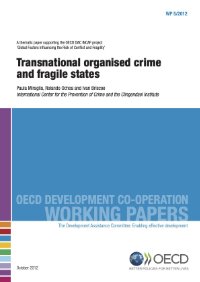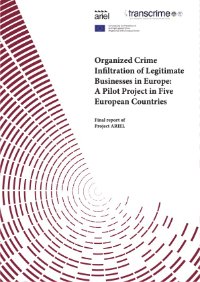By Cassie Dummett and Arthur Blundell
While subsistence agriculture and logging still contribute to deforestation, commercial-scale agricultural expansion is now recognized as by far the single largest driver of deforestation worldwide and thus also of greenhouse gas emissions from land-use change.
Several initiatives have quantified how much and where deforestation is driven by commercial agriculture, and even how much of this deforestation was driven by international trade. However, fewer analyses have been able to determine the extent to which agricultural commodities are being grown on lands that have been illegally cleared of forests. This study therefore focuses on illegal deforestation driven by agricultural expansion, and places it within the scope and scale of all tropical deforestation.
This report revisits Forest Trends’ 2014 report, by reassessing the extent of illegal agro-conversion across the tropics from 2013 to 2019, and finds a similar story: more forest land is being illegally cleared to make way for agricultural crops and pastures than ever before.
Washington, DC:Forest Trends, 2021. 81p.





















